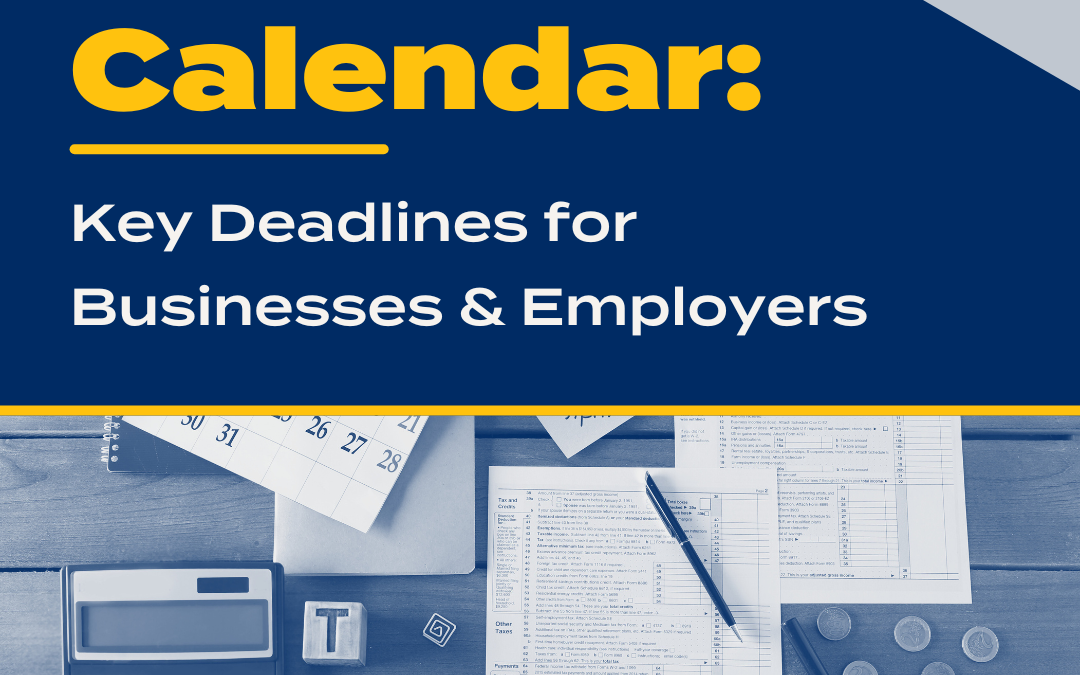Although Roth IRAs have been around for 20 years, people still have not used them to their maximum benefit. Roth IRAs allow individuals to contribute after-tax money, get tax free (not deferred) earnings and have no requirements that the amount begin to be distributed at age 70 ½.
With tax rates at relatively low levels as a result of the Tax Cuts and Jobs Act, now may be the time for you to take advantage if you are not already doing it.
What are the requirements to contribute to a Roth IRA?
To contribute to a Roth IRA, your income needs to be below $120,000 if you’re single, and $189,000 if you’re married. That’s where the phase out starts. With that, you have to have earned income. If you do, it will allow you to put away $5,500 in 2019, plus an extra $1,000 if you’re 50+ years old. You have until April 15, 2019 to do that.
If you make more than $189,000, you cannot contribute to a Roth IRA?
That’s where it starts to phase out. So between $189,000 and somewhere in the $200,000, that $5,500 amount phases down to 0.
Do these requirements change for a Roth 401(k)?
It does because for a Roth 401(k) there are no AGI limits, you can earn as much as you want and you’re allowed to put in $18,500, plus $6,000 if you’re over 50 here in 2018. The limits go up in 2019.
What is the backdoor Roth that I heard about?
People who don’t have access to Roth 401(k)s and they make too much to put money into a Roth IRA can do backdoor Roth, which allows them to be able to do a Roth. So you have a non-deductible IRA of $5,500 and then you convert that to a Roth IRA. It basically does the same thing, but it allows you to get around the income limits. This only works under certain circumstances, and the time it works the best is if you have no traditional IRAs. If you only have Roth IRAs, this strategy works out really well.
What about other conversions?
The other thing that you can do is even if your income is too high, you can still convert your traditional IRAs to your Roth IRAs. One thing that they changed is once you do that, you can’t go back and change it. You used to be able to change your mind and say, ‘okay I know I did a Roth IRA conversion last year and I change my mind. I don’t want to do it.’ That option is gone starting in 2018.
Why?
I think it was because too many people were playing games with that. That was the main reason why they didn’t allow it anymore in the new tax bill.
Can I take a distribution from my Roth IRA before age 59 ½?
Remember the goal is to always keep that money, because it’s for your retirement. If for some reason you need to take money out before age 59 1/2, you can. On last week’s episode we talked about hiring kids to be able to fund a Roth IRA and then be able to use that Roth IRA money to pay for education. The reason for that is because any money you put into your Roth (not the earnings), you can take any out at any time tax free. So, you can use it for emergencies, college education, and other things.
So those earnings, you cannot take out?
That’s right. If you take those out, you get taxed on the earnings, plus a 10 percent penalty if you take it out before age 59 ½. After age 59 ½, you can take everything out tax free.





